10 Facts on World Population Day 2017
Fact 1:
In 1989, the Governing Council of the United Nations Development Programme recommended that 11 July be observed by the international community as World Population Day, a day to focus attention on the urgency and importance of population issues. This year’s theme is “Family Planning: Empowering People, Developing Nations.
Fact 2:
Using family planning as an umbrella often overlooks the needs of non-traditional family structures. As is obvious from the image below, the global family planning agenda remains oblivious to the fact that In many developing countries, women still face disproportionate risks to their health during pregnancy and childbirth. Many do not have control over their bodies because they lack access to contraceptives. At a time when globally the feminists have been fighting for inclusion in social agenda calling for a more inclusive approach which takes into account the needs of marginal, indigenous groups; the below image reaffirms a limited non-intersectional, upper-middle class, Caucasian approach to development which remains to be highly problematic and major deterrent to the goals it seeks to achieve.

Fact 3:
This year’s World Population Day, 11 July, coincides with the Family Planning Summit, the second meeting of the FP2020–Family Planning 2020–initiative, which aims to expand access to voluntary family planning to 120 million additional women by 2020. The fact remains that by 2020 more than 140 million girls will become child brides (see more- http://indiatoday.intoday.in/education/story/child-marriage-shocking-facts/1/646803.html)
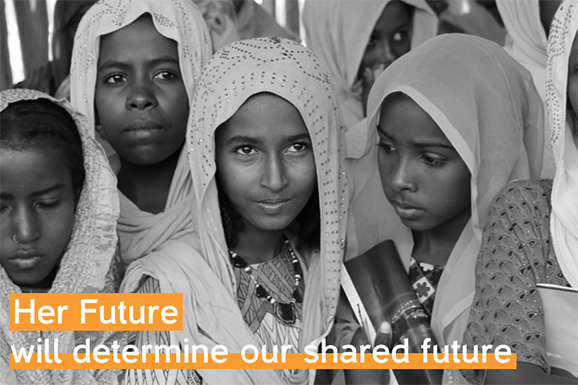
Child marriage often compromises a girl’s development by resulting in early pregnancy and social isolation, interrupting her schooling, limiting her opportunities for career and vocational advancement and placing her at increased risk of domestic violence.
Fact 4:
The Global Gag rule reinstated by the Trump Govt adversly affects the Sexual and Reproductive Rights of Women Worldwide

Trump reinstated a global gag rule that bars international health organizations that receive U.S. funding from mentioning abortion as a family planning option. The recent global gag rule on abortion rights further stigmatizes the issue of the reproductive health of young women, and further makes it difficult for young women to access services.

Fact 5:
Access to safe, voluntary contraception is a human right. It is also central to gender equality and women’s empowerment, and is a key factor in reducing poverty.
Yet around the world, some 214 million women in developing countries who want to avoid pregnancy are not using safe and effective Contraception methods, for reasons ranging from lack of access to information or services to lack of support from their partners or communities. Many of those with an unmet demand for contraceptives live in the poorest countries on earth.
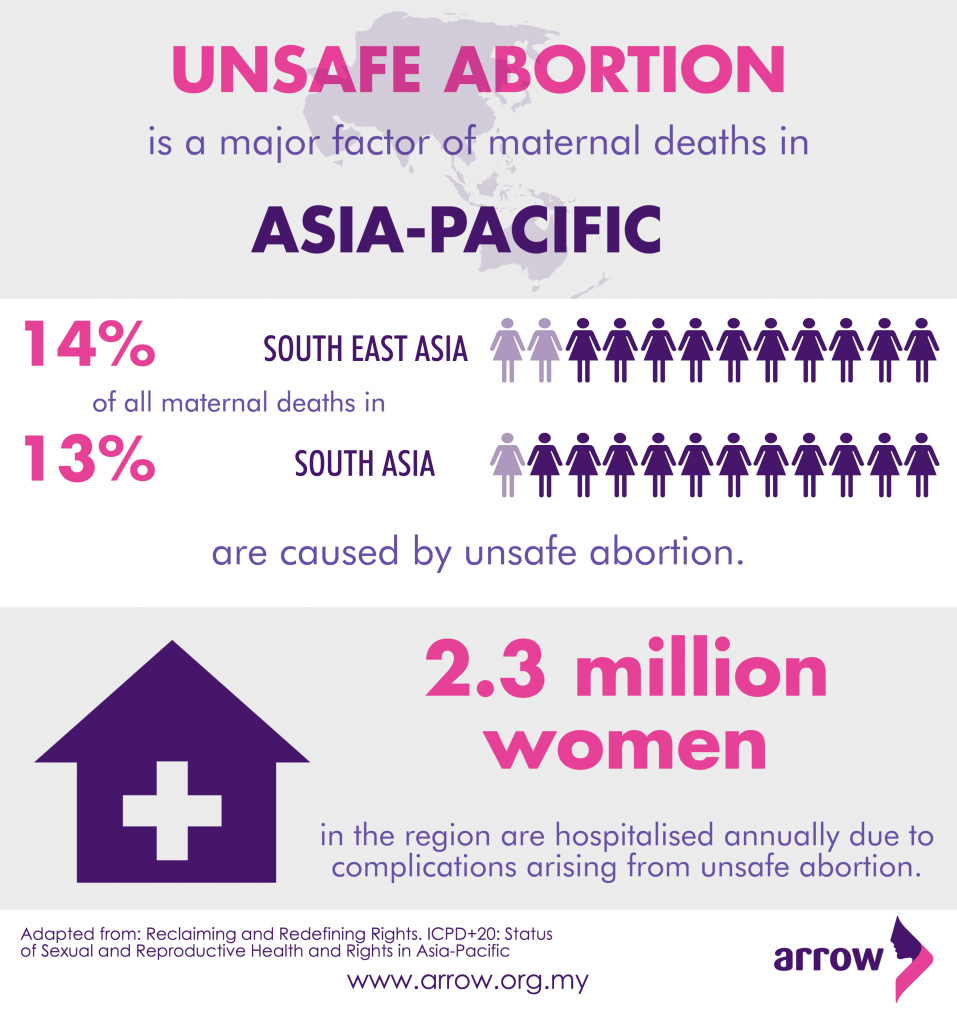
Fact 6:
Women with unmet need for contraception account for 84% of all unintended pregnancies

Another 3.2 million undergo unsafe abortions. This is partly because their access to safe abortions is highly restricted. The infographic below shows what happens when abortions are restricted or banned. The numbers in the image include women of all ages.
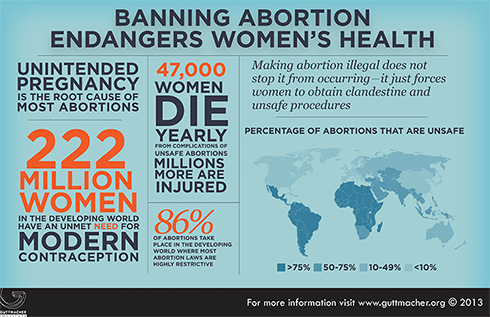
Fact 7:
Every day, approximately 830 women die from preventable causes related to pregnancy and childbirth. 99% of all maternal deaths occur in developing countries. Maternal mortality is higher in women living in rural areas and among poorer communities. (see more- http://www.who.int/mediacentre/factsheets/fs348/en/)
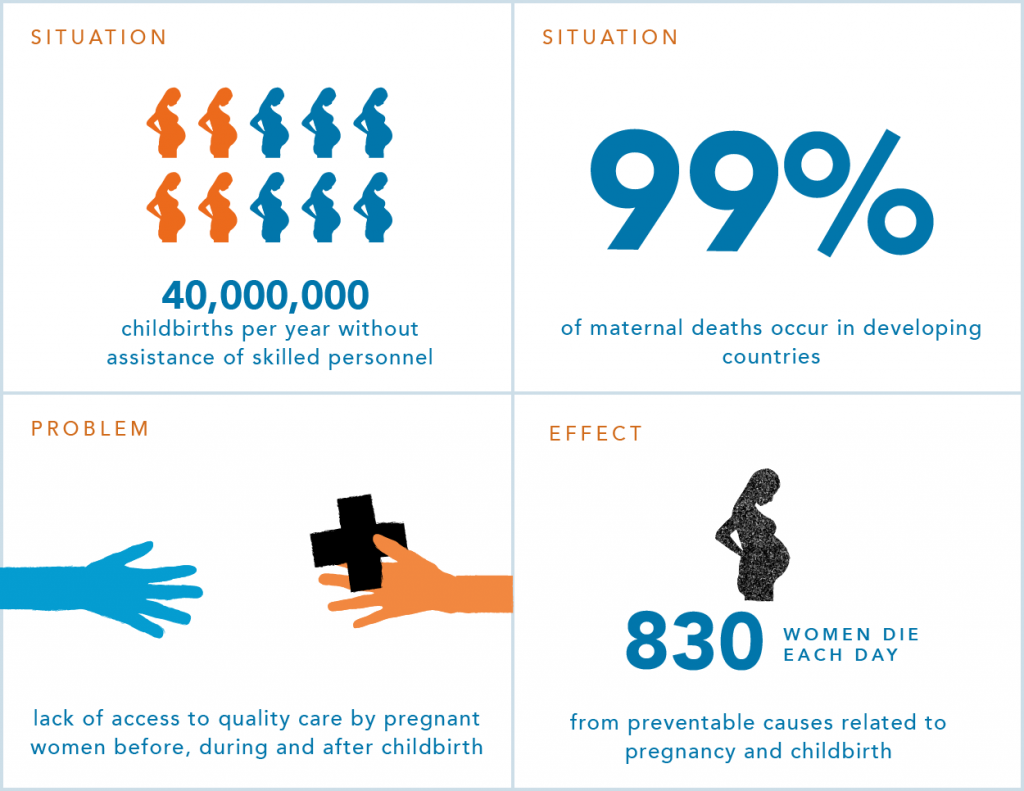
Fact 8:
Adolescents have a basic human right to complete and accurate information about their sexual and reproductive health. Strong evidence suggests that comprehensive approaches to sex education help young people to delay sex and also to have healthy, responsible and mutually protective relationships when they do become sexually active. Many examples of comprehensive programs have resulted in delayed sexual debut, reduced frequency of sex, fewer sexual partners, increased condom or contraceptive use, or reduced sexual risk-taking. Read more- https://www.guttmacher.org/gpr/2017/03/looming-threat-sex-education-resurgence-federal-funding-abstinence-only-programs )
Fact 9:
Worldwide about 43,000 women die each year as a result of not having access to safe and legal abortions. Restricting abortions doesn’t stop women from getting one it only makes it unsafe.

A study into women who seek abortion pills online in the face of strict laws against terminations has found that almost 95% safely ended their pregnancy without surgical intervention.
Experts say the study underscores the safety of medical abortion, and highlights that women who go on to experience symptoms of possible complications do follow advice to seek medical help at clinics or hospitals. (see more- https://www.theguardian.com/world/2017/may/17/seeking-medical-abortions-online-is-safe-and-effective-study-finds )
Fact 10:
Fulfilling the unmet need for contraception has a major environmental emphasis too. However, a study by statisticians at Oregon State University concluded that in the average long-term carbon impact of a child born in the U.S. – along with all of its descendants – is more than 160 times the impact of a child born in Bangladesh. Conversations need to move towards the impact of populations in developed countries and not only on reducing and spacing of births in the global south.(See more- http://oregonstate.edu/ua/ncs/archives/2009/jul/family-planning-major-environmental-emphasis )
The population issues need to move away from only methods used for having fewer children and towards empowering people where they truly control their bodies and lives.
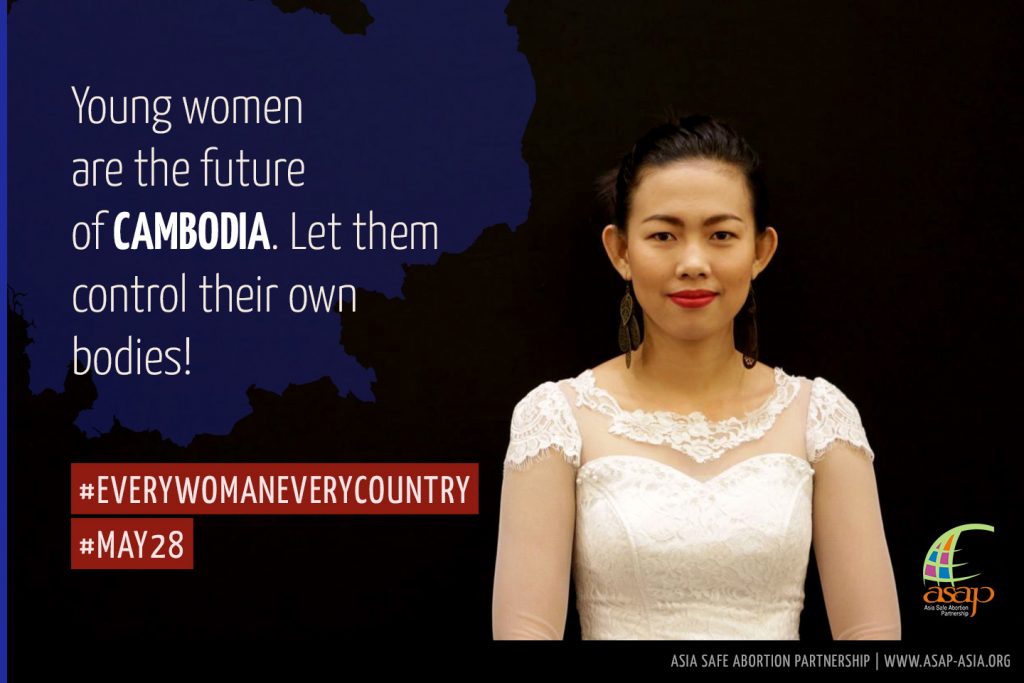
See more at: http://asap-asia.org/may-28/






